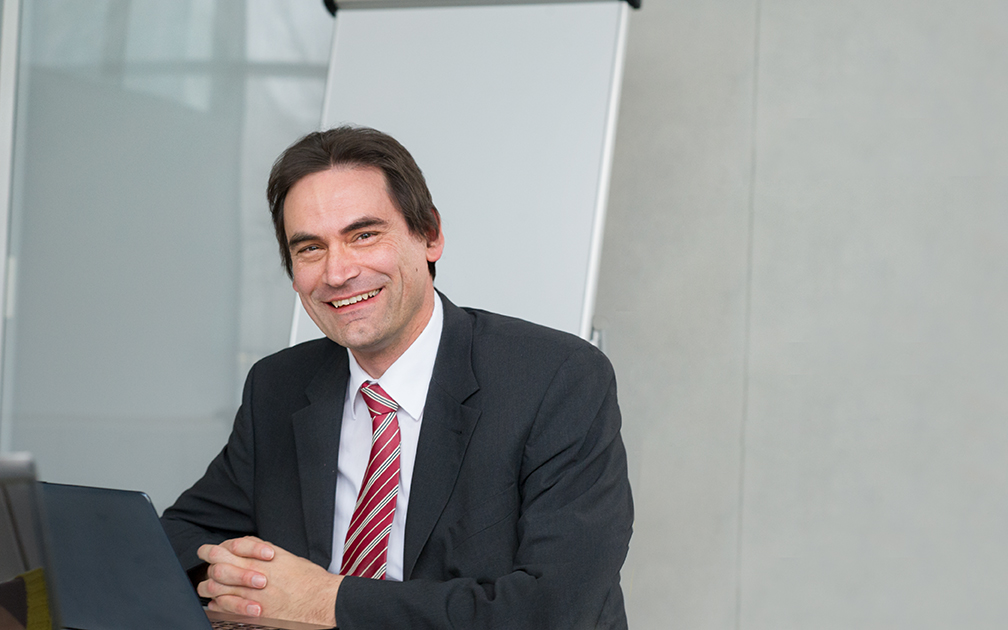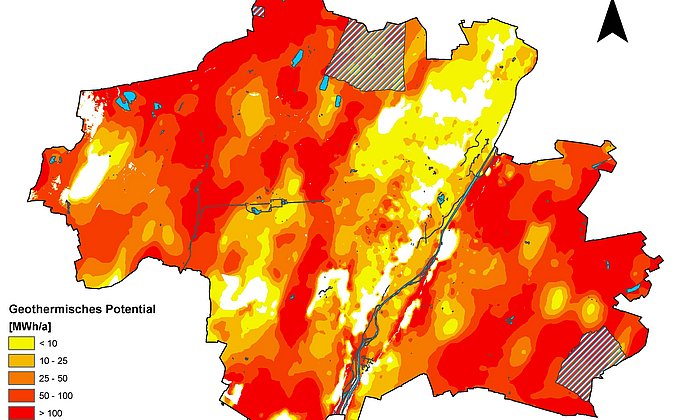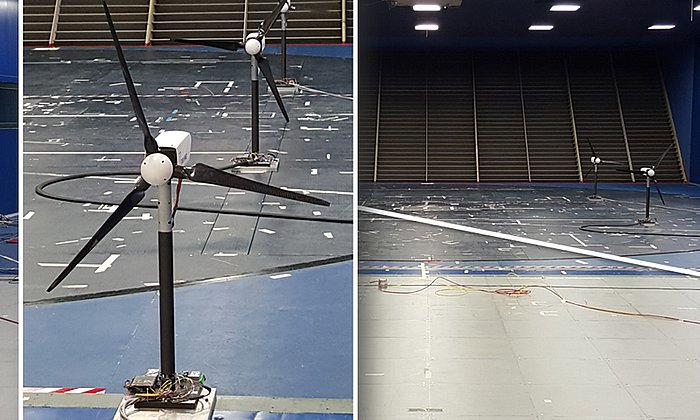Interview with Prof. Thomas Hamacher about the energy market of the future
“We want to bring the energy transition to the consumer”

Mr Hamacher, what is a microgrid?
In the future, passive electric power distribution grids that supply consumers will be restructured into active distribution grids – microgrids. Using newly created market structures, microgrids will consolidate producers, storage, flexible power consumers and grid interconnections into a higher-level grid layer. These microgrids will also be responsible for providing network services such as frequency and voltage regulation. As active elements in the power system, microgrids will streamline grid control considerably.
What will we need microgrids for?
The rapid expansion of renewable energy is driving two major issues. First, how do we best assimilate renewable energy fluctuations. And second, how can we transport large amounts of electricity to power consumers, considering that renewable energy comprises mainly electricity, which can also be used more efficiently. Examples of the new electric power consumers are heat pumps or, in the field of mobility, electric cars. Both provide boosts in efficiency, but at the same time significantly more electricity is consumed in households. The expectation is that microgrids will be able to handle the extra electrical power without having to expand the network infrastructure.
What exactly are you investigating in the new laboratory?
The laboratory has all the makings of a future microgrid; merely the house inhabitants are missing. We are investigating the interactions between consumers and energy producers. We can simulate four houses and a multi-family house using different heating techniques. The heating technologies range from conventional gas furnaces to combined heat and power plants and heat pumps. Heat storage and a small district heating networks can also be modelled. We reconstructed these systems in the laboratory. This allows us to bring together renewable electricity and heat supply. We want to play through the use of electricity in the entire household. The system will also include charging stations for the electric cars in front of our building, the Center for Energy and Information in Garching. The communication between individual elements can happen in a variety of ways. To this end, we are involving colleagues with the requisite expert background. Operating such a network optimally in the future calls for good predictions of user behavior, and the weather. Here, artificial intelligence techniques will play a role.
The energy transition has long been a topic of discussion. Do you think it will now really be implemented?
We never stopped working on it. With our research, we want to bring the energy transition to the consumer. To achieve the Federal Government's goal of making Germany climate-neutral by 2050, we must implement the energy transition in the next 20 years. We hope to provide policymakers with the information they need to work out the regulatory regime. But the general population will need to participate in the changes. The energy sector cannot be transformed overnight. The task will take decades. It is not just about regulation. It is also about asking questions like: Who will be responsible for the technical implementation? We need people who can bring together electrical engineering and heating. Here, as a university with an educational mission, we will need to need to go a step beyond what we would otherwise do. And not only to train qualified engineers, but also, for example, to provide training opportunities for craftsmen.
- Images for editorial use: https://mediatum.ub.tum.de/1510380
- Further information on the Center for Combined Smart Energy Systems: https://www.mse.tum.de/coses/
Technical University of Munich
Corporate Communications Center
- Stefanie Reiffert
- stefanie.reiffert@tum.de
- 089 (0) 289 10519
- presse@tum.de
- Teamwebsite
Contacts to this article:
Prof. Thomas Hamacher
Technical University of Munich
Chair of Renewable and Sustainable Energy Systems
0049 89 289 52741
thomas.hamacher@tum.de





